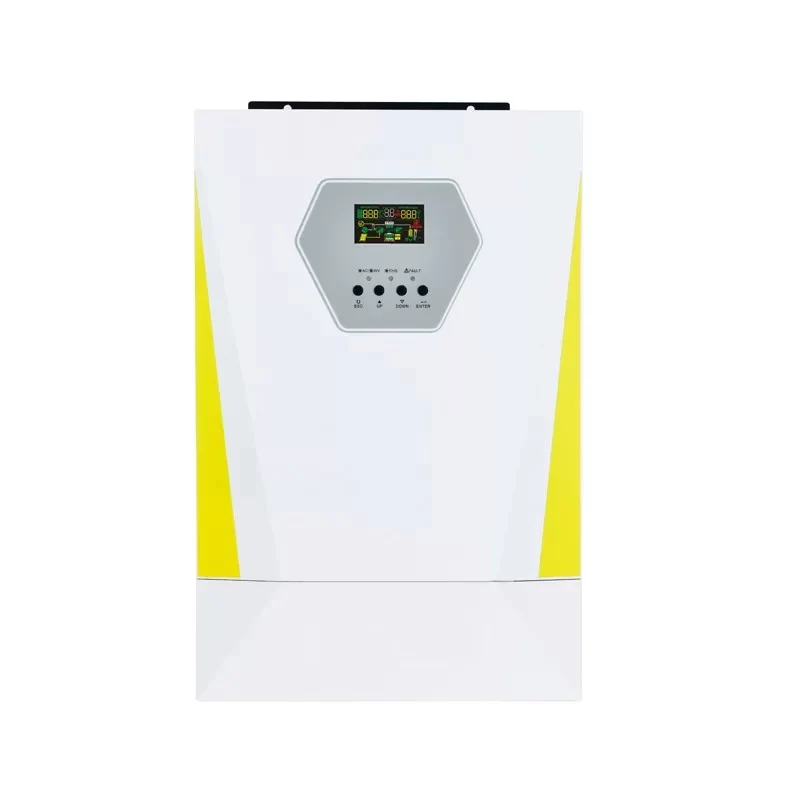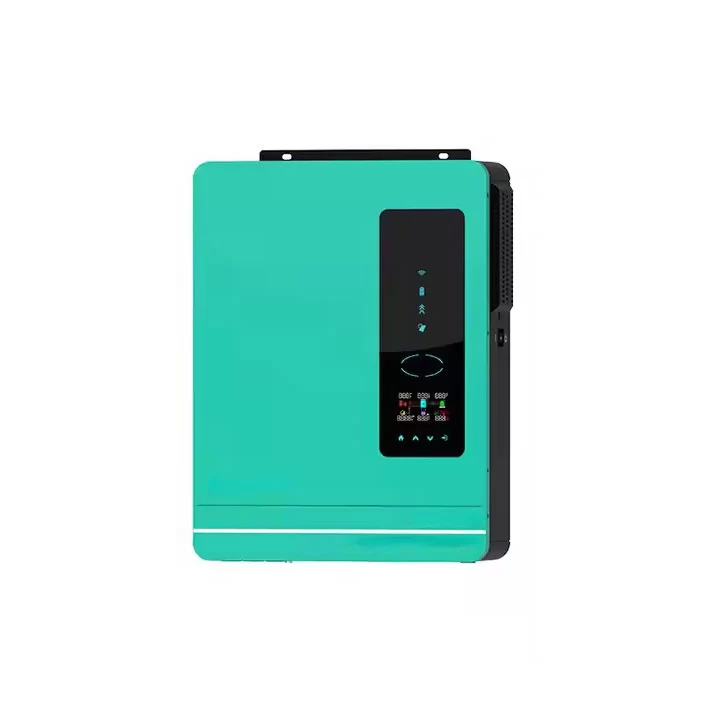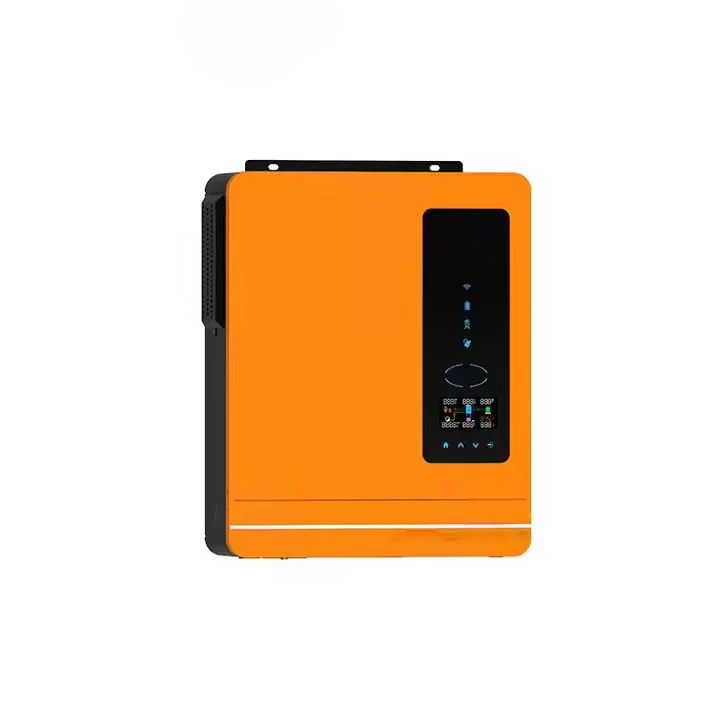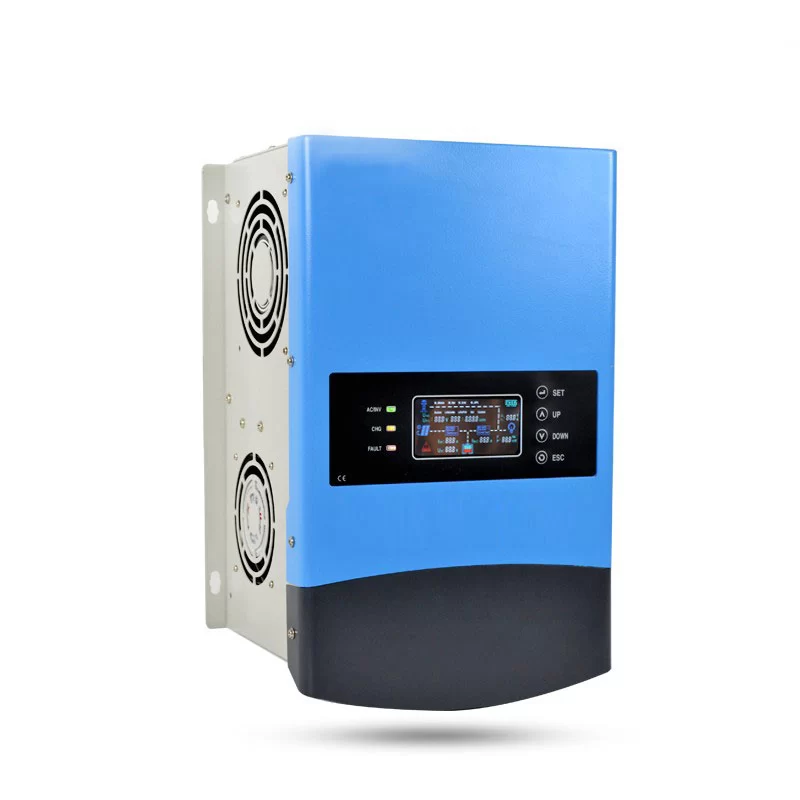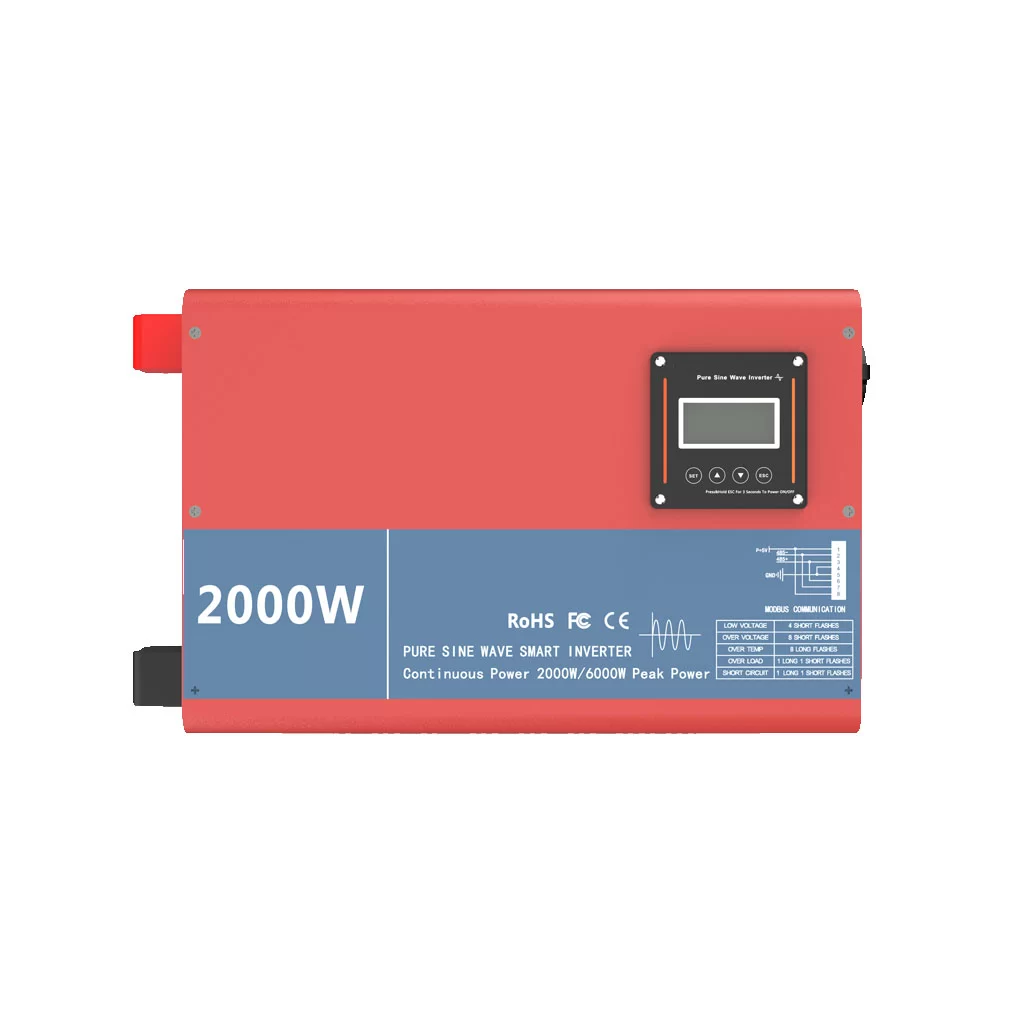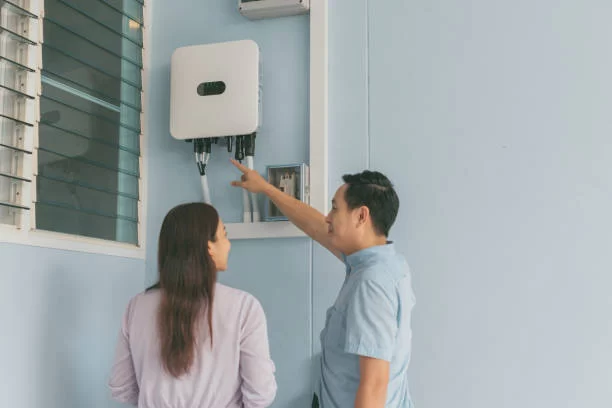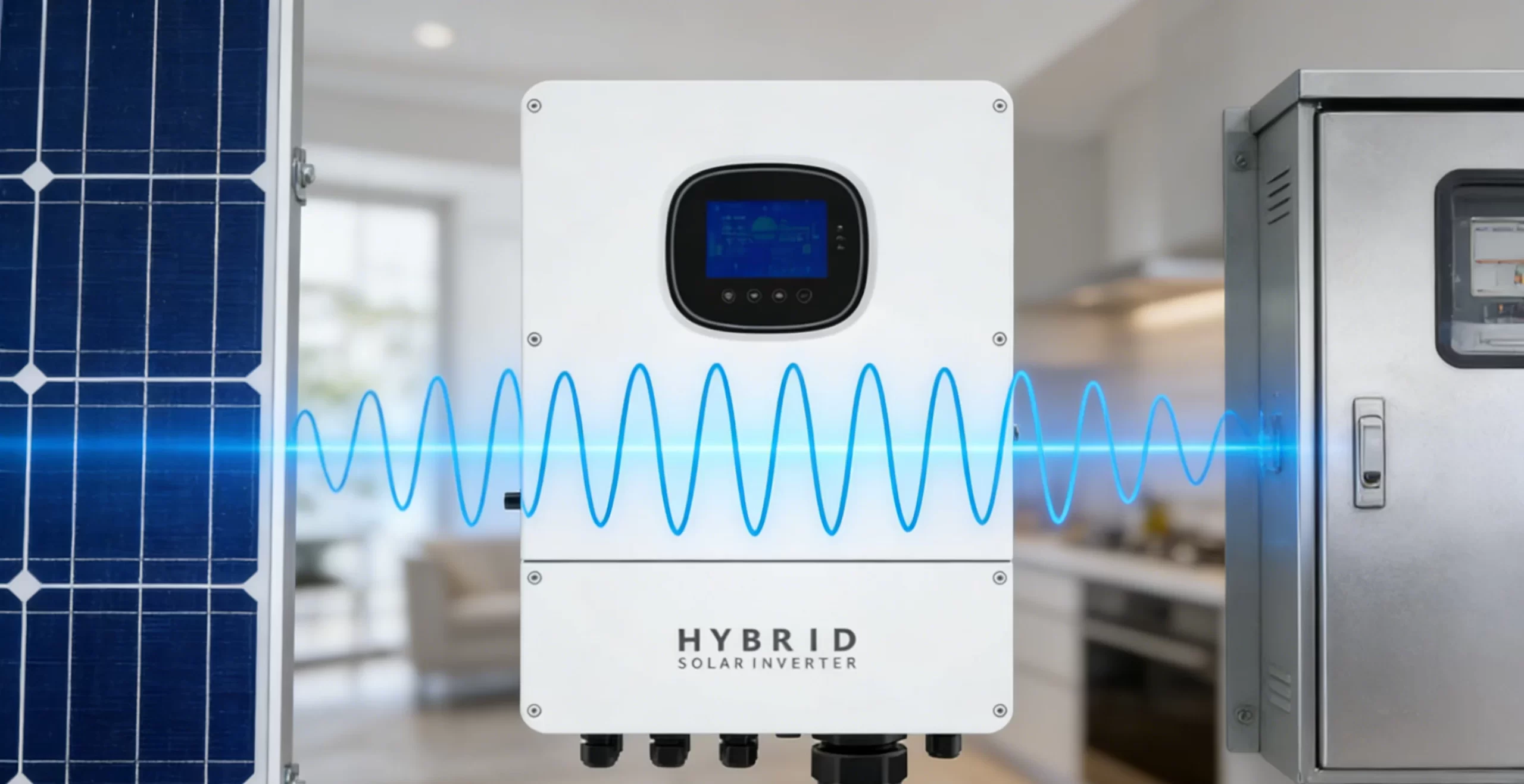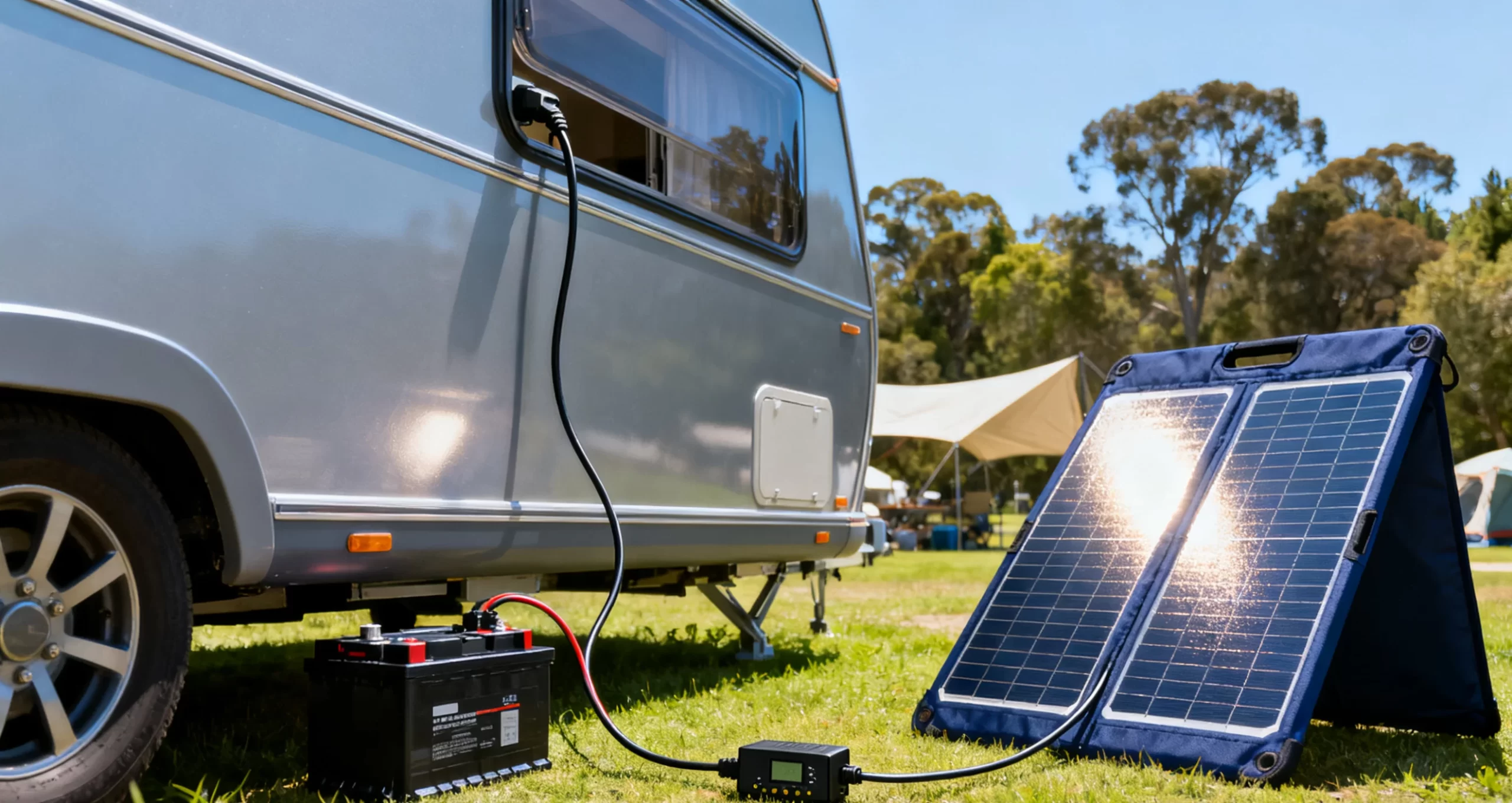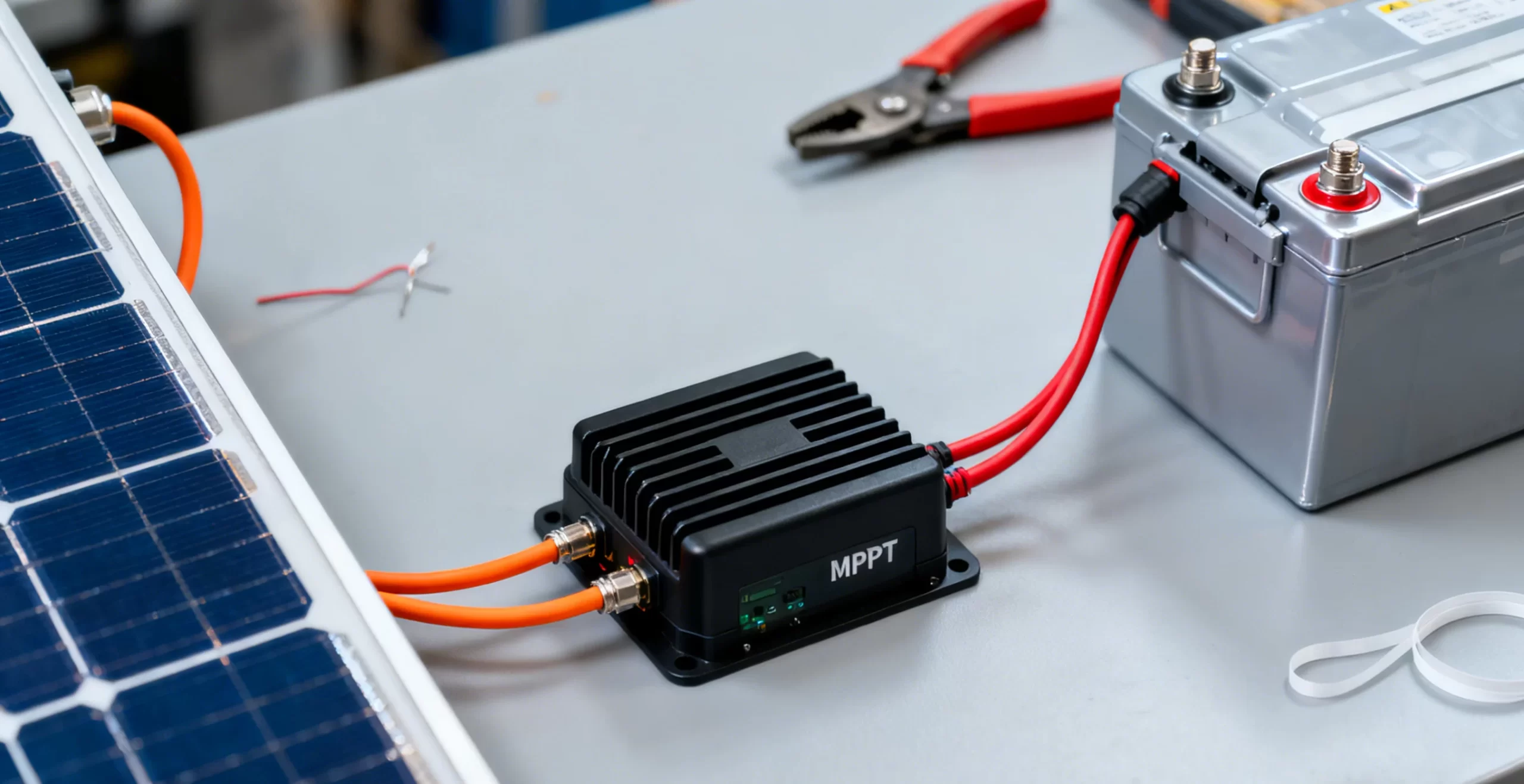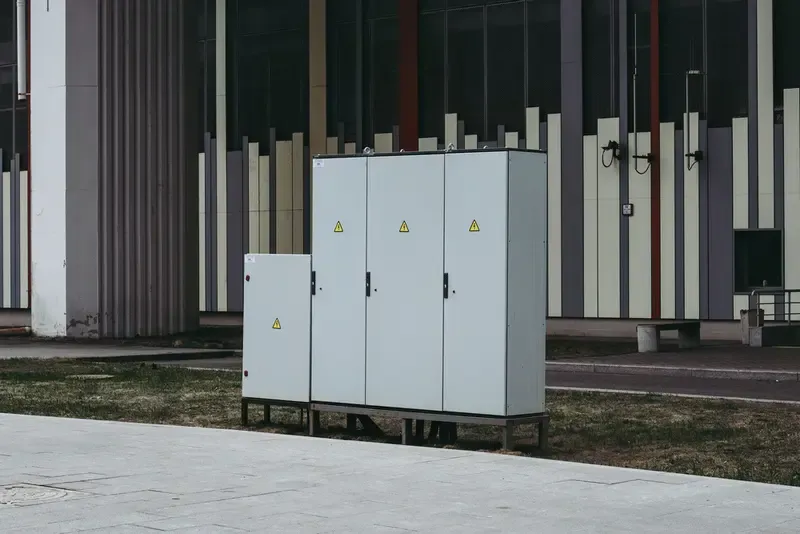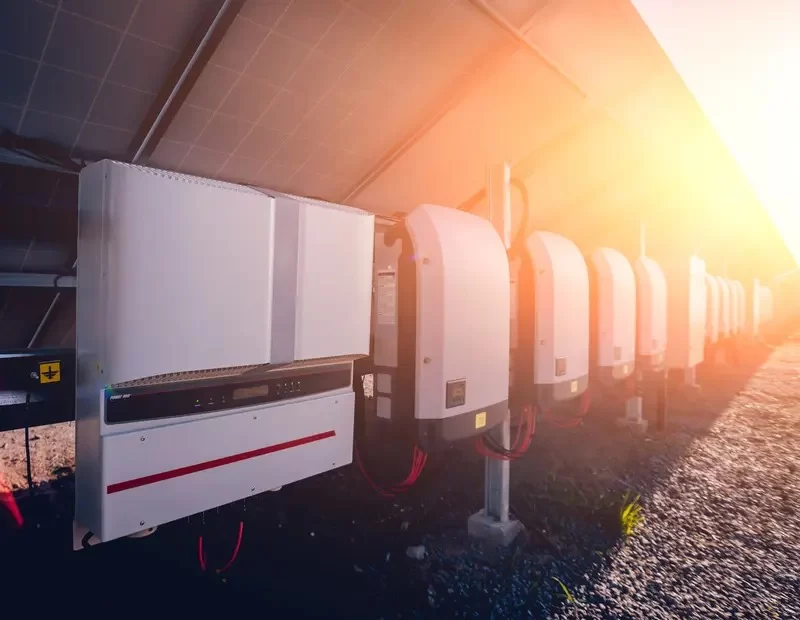- tel:+86-13651638099
- Email: [email protected]
- Official website: www.hj-net.com
- Address: 333 Fengcun Road, Fengxian District, Shanghai
Get A Quote Now!
Choosing the Right ESS: Hybrid, Mini, and Basic Systems
In the realm of home energy storage, innovative battery solutions are emerging to offer efficient, safe, and sustainable energy storage options. These advanced technologies enhance the reliability and effectiveness of home energy systems, providing households with greater control over their energy usage.
Components of a Home Energy Storage System
A typical home energy storage system consists of batteries, inverters, Battery Management Systems (BMS), charge controllers, and energy management systems. Each component plays a vital role in ensuring the system’s overall efficiency and reliability.
Inverter: The inverter is crucial as it converts Direct Current (DC) from batteries into Alternating Current (AC) suitable for household appliances. Modern inverters, such as 5kW hybrid inverters, not only convert DC to AC but also manage the flow of energy between solar panels, batteries, and the grid.
Battery: Home storage batteries, like those using Lithium Iron Phosphate (LFP), are favored for their high safety, long lifespan, and environmental friendliness. For instance, Anker’s SOLIX modular home battery system supports up to 180 kWh of power storage, providing scalability to meet different household needs.
Battery Management System (BMS): The BMS is responsible for monitoring the battery’s state and ensuring its safe operation. It includes features such as overcharge protection, temperature control, and load management.
Charge Controller: This component regulates the charging of batteries, preventing overcharging and ensuring optimal charging efficiency.
Energy Management System (EMS): The EMS optimizes energy use by monitoring and managing the flow of energy within the system, ensuring that energy is used efficiently and effectively.
Selecting the Right Inverter and Battery
Choosing the appropriate inverter and battery is critical for the success of a home energy storage system. Here are some factors to consider:
Power Matching: The inverter’s power capacity should align with the installation capacity, often slightly over-provisioned to ensure full utilization of generated power.
Efficiency and Safety: High-efficiency inverters with robust safety features ensure long-term, reliable operation of the system.
Smart Control: Inverters with intelligent control functions can optimize energy use and offer various operating modes, enhancing overall system performance.
Battery Type: LFP batteries are popular for their safety, durability, and environmental benefits. For example, GivEnergy’s second-generation home storage battery uses LFP technology, designed for compact installation and long service life.
Integrated Solutions and Modular Design
Integrated storage solutions combine batteries, inverters, and other components into a single system, simplifying installation and management. For instance, the RPI series storage system integrates storage batteries, photovoltaic power generation, and grid power into one intelligent solution.
Modular Design: This design trend allows users to expand their storage capacity as needed. Systems like the SunESS series can expand from a single 5kWh battery pack up to 60kWh, catering to varying power requirements.
Practical Applications and Future Prospects
Home energy storage systems are not only beneficial for individual households but also have commercial applications. They provide backup power during outages, reduce electricity costs, and enhance energy independence. For example, integrated solutions with EMS can manage and optimize energy flow, ensuring efficient use of renewable energy sources.
Innovative Technologies: Emerging technologies such as solid-state batteries and sodium-sulfur batteries are being explored for home energy storage, offering potential improvements in safety, efficiency, and capacity.
Conclusion
Innovative solar battery solutions are revolutionizing home energy storage, making it more efficient, safe, and environmentally friendly. By selecting the right inverter and battery, and leveraging integrated and modular designs, households can achieve greater energy independence and sustainability. These advancements not only provide reliable power but also empower users to manage their energy needs more effectively.
To explore more about these innovative home energy storage solutions and how they can benefit your home, click here.

